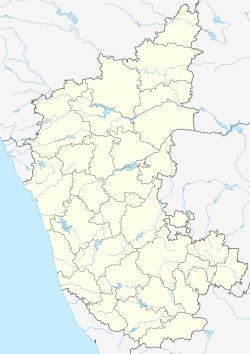Kalleshwara Temple | |
|---|---|
Village | |
 Kalleshwara temple (1057 A.D.) at Hire Hadagali in Vijayanagara district | |
| Coordinates: 14°55′31″N75°49′52″E / 14.92528°N 75.83111°E | |
| Country | |
| State | Karnataka |
| District | Vijayanagara district |
| Taluk | Hoovina Hadagali |
| Languages | |
| • Official | Kannada |
| Time zone | UTC+5:30 (IST) |
The Kalleshwara temple (also spelt Kalleshvara or Kallesvara) is located in the town of Hire Hadagali of the Hoovina Hadagalitaluk in Vijayanagara district (then Bellary district ) of Karnataka state, India.










